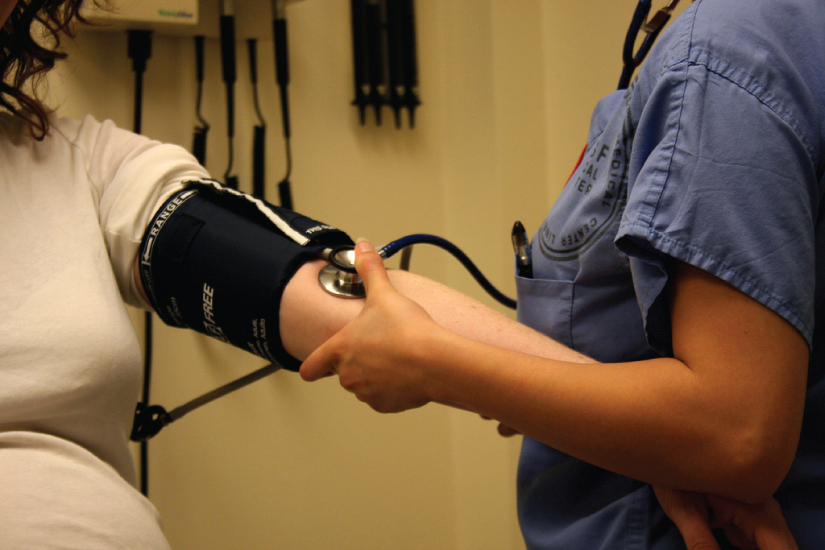
|

1.1 An introduction to the human body Read Online
1.2 The chemical level of organization Read Online

After studying this chapter, you will be able to:
Though you may approach a course in anatomy and physiology strictly as a requirement for your field of study, the knowledge you gain in this course will serve you well in many aspects of your life. An understanding of anatomy and physiology is not only fundamental to any career in the health professions, but it can also benefit your own health. Familiarity with the human body can help you make healthful choices and prompt you to take appropriate action when signs of illness arise. Your knowledge in this field will help you understand news about nutrition, medications, medical devices, and procedures and help you understand genetic or infectious diseases. At some point, everyone will have a problem with some aspect of his or her body and your knowledge can help you to be a better parent, spouse, partner, friend, colleague, or caregiver.
This chapter begins with an overview of anatomy and physiology and a preview of the body regions and functions. It then covers the characteristics of life and how the body works to maintain stable conditions. It introduces a set of standard terms for body structures and for planes and positions in the body that will serve as a foundation for more comprehensive information covered later in the text. It ends with examples of medical imaging used to see inside the living body.
Question: What is the term for weakening and out pocketing of a vessel wall?
Choices:
Thombus
Aneurism
Embolus
Infarct
Arteriosclerosis
Question: What controls the blood pressure regulation?
Choices:
Parasympathetic NS
Sympathethic NS
Question: What is the function of vasa vasorum?
Choices:
provide blood supply for the walls of large vessels (tunica adventitia and tunica media)
provide blood supply for the walls of the heart (myocardium and epicardium)
provide blood supply to the veins only
provide blood supply to arteries only
harry potter spell
Question: Clotted blood that is attached to the vessel wall is known as ____________________.
Choices:
Aneurism
Emboli
Thrombosis
Vasculitis
Fistula
Question: Which layer of blood vessels functions in blood pressure regulation?
Choices:
Tunica intima
Tunica media
Tunica adventitia
vasa vasorum
internal elastic membrane
Question: Which of the following is NOT a cause of pulmonary hypertension?
Choices:
High altitude with low oxygen in inspired air.
Emphysema with loss alveolar capillaries.
Left to right shunts of blood
Right Heart Failure
All are causes of pulmonary hypertension.
Question: What is the difference between vein and artery?
Choices:
Veins have thicker tunica media and have valves.
Arteries have thicker tunica media and have valves.
Veins have thinner tunica media and have valves.
Arteries have thinner tunica media and have valves.
Veins have more blood pressure than arteries.
Question: Which layer of blood vessels functions in coagulation and inflammation?
Choices:
Tunica intima
Tuinica media
Tunica adventitia
Vasa vasorum
external elastic membrane
Question: Which of the following describes a capillary?
Choices:
contains tunica intima, tunica media, and tunica adventitia
contains tunica intima, tunica media but lacks tunica adventitia
contains tunica intima, tunica adventitia but lacks tunica media
contains endothelium but lacks both tunica media and tunica adventitia
Question: Which of the following does NOT cause thrombosis?
Choices:
weak outpocketing of vessel wall from parasite damage
low grade bacteremia from dental disease
septic shock
changes in flow, procoagulant conditions
abnormal intimal surface
Question: Malignant catarrhal fever is a good example of a cause of vasculitis. True /False
Choices:
True
False